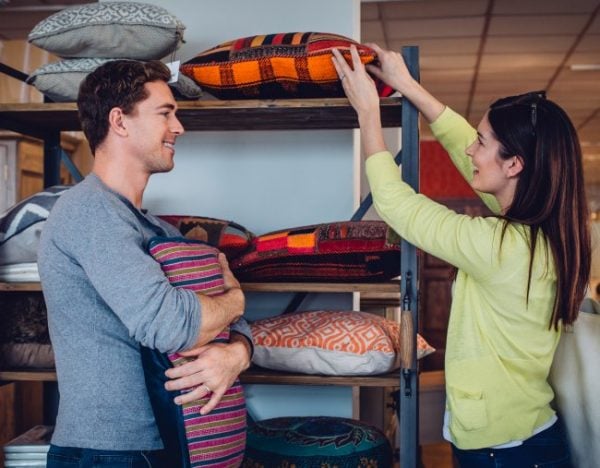Oh my god. There is A WEEK left till Christmas.
If you’re like us, you’re probably really wishing you started buying your gifts weeks ago. Last minute panic in a packed shopping centre with long lines and festive tunes on a loop isn’t fun for anyone.
And to make matters worse, stores are naturally keen to capitalise on our gift-buying frenzy this time of year. So while you’re trying to find the perfect pressie for every relo, stores are strategically egging you on to spend more than you ever wanted.
“Why not go the extra mile this year?” they seem to say, and before you know it you’ve left the store with luxe $17 wrapping paper
Some call it marketing, others call it subtle manipulation, but if you’re in visual merchandising you probably just call it work. Judyta Hulme is one such person, but we won’t hold that against her because she’s lovely.
She also happens to be willing to spill all the secret ways shops are getting you to spend big this Christmas. Thanks, Judyta!
Before you set foot in another store, you need to read this.
Colour
Yes, you might be a smart adult capable of seeing through ornately decorated window displays, and calculated design touches, but Judyta says colour is the secret influencer that shoppers remain oblivious to. As she says, “we surrender ourselves with hues, but all colours are placed strategically to increase your spending.”
Purple, burgundy and maroon = luxury
There’s a reason why shades like purple, maroon, and burgundy dominate Christmas catalogues, decorations, and hampers, and it’s because your mind automatically associates them with luxury.


